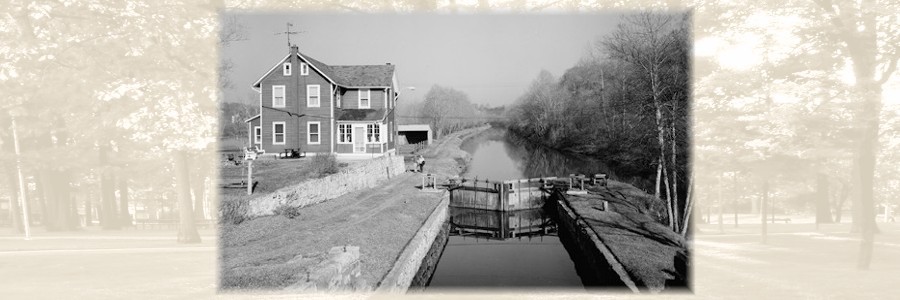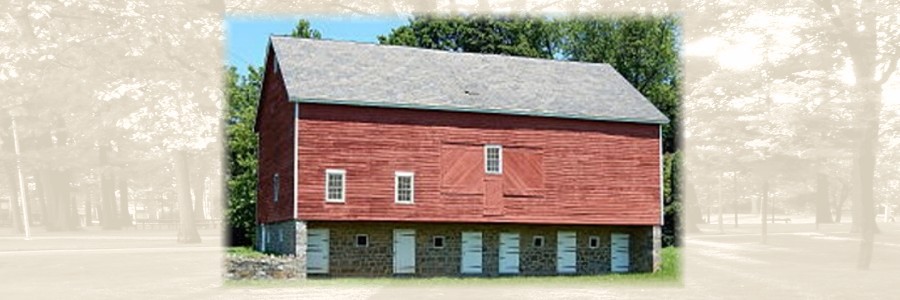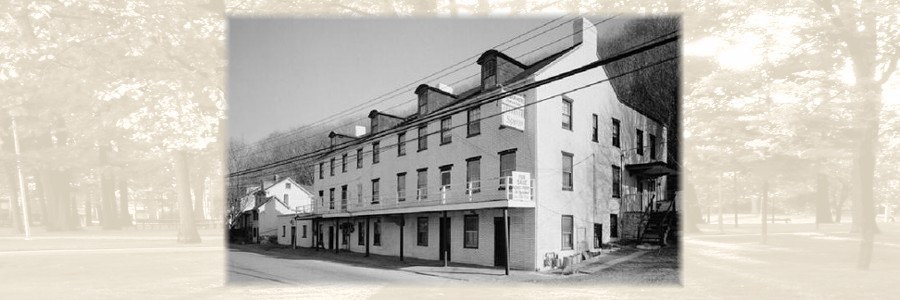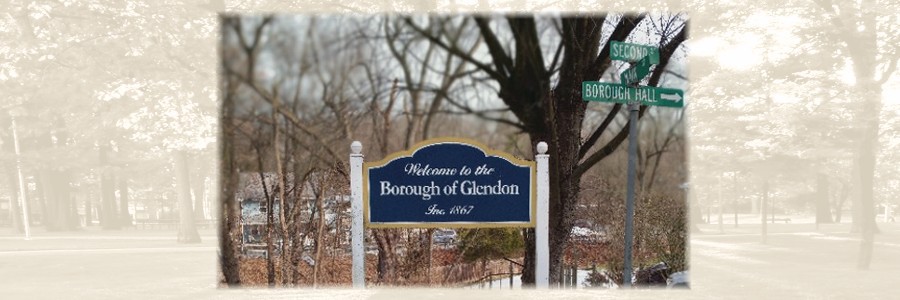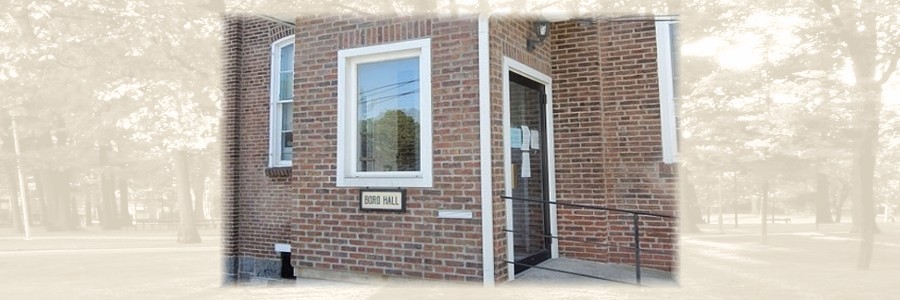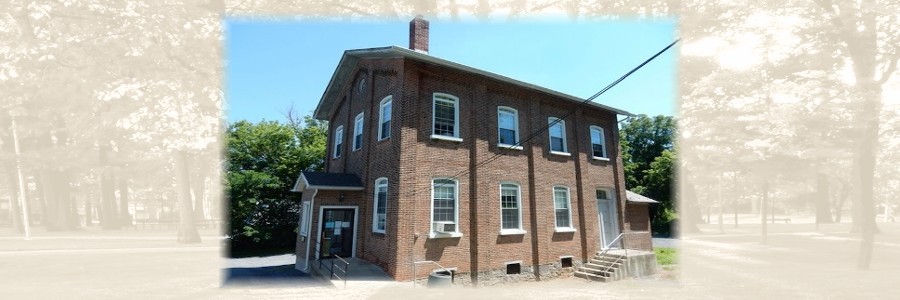The Borough of Glendon is an independent municipality located in Northampton County, Pennsylvania. Originally part of Williams Township, Glendon was incorporated as a self-governing Borough on December 18, 1867. The first appointed *Chief Burgess of Glendon was James Morrison, born in Ireland, who came to the Glendon area in 1840 from Summit Hill. He was responsible, along with others, for raising the money to build the historic Keystone Furnace.
The Glendon Iron Works business was the primary reason in establishing the borough’s existence. It was located on the south side of the Lehigh River, and was (in 1920) a station on the Lehigh Valley Railroad. The Lehigh Canal passes along the borough. The Bests, Hays and other pioneer families of Williams Township were the original settlers and owners of the land. The first to build a house on Glendon Green was Frank Hughes, an employee of the Lehigh Coal & Navigation Company. He was soon joined by his brother Daniel, and the opening and building up of early business enterprises soon added to the population.
During its heyday in the late 1800s, Glendon reached a population of about 1000 residents, many of whom were employed by the iron industry. They were paid a good wage for their hard work, and reportedly had no problems with management. For additional information about Glendon Iron Works, and the community of the time, you are invited to visit LehighValleyHistory.com for a report, most likely written circa 1880.
Over the years, Glendon had three schools. The first was in back of the Old Thomas Iron Works at Island Park. The second, closed around 1934, sits on the hillside below the Glendon Church and is now a private residence. The third, now Glendon Town Hall, closed in 1959 when Glendon Borough School District became a member of the Wilson Borough School District.
Currently, Glendon has approximately 400 residents. Our quiet and peaceful community today is much different from the Glendon of more than a century ago.
*Chief Burgess is now an obsolete and unused title of leadership, previously given to the top representative of a community. A Chief Burgess was similar to the modern elected position of Mayor.




